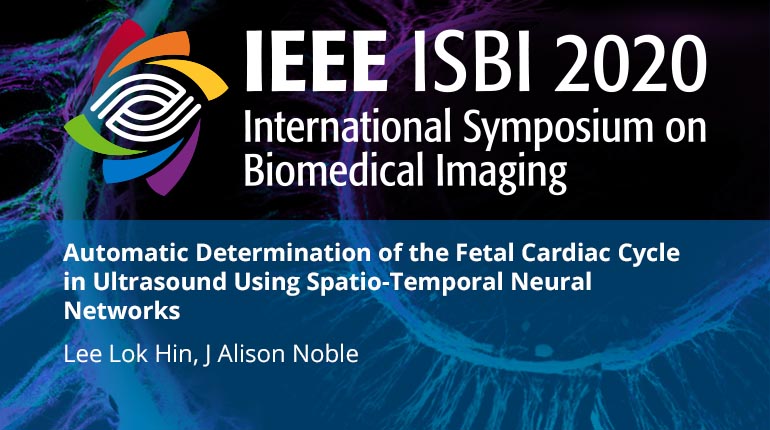
Already purchased this program?
Login to View
This video program is a part of the Premium package:
Automatic Determination of the Fetal Cardiac Cycle in Ultrasound Using Spatio-Temporal Neural Networks
- IEEE MemberUS $11.00
- Society MemberUS $0.00
- IEEE Student MemberUS $11.00
- Non-IEEE MemberUS $15.00
Automatic Determination of the Fetal Cardiac Cycle in Ultrasound Using Spatio-Temporal Neural Networks
The characterization of the fetal cardiac cycle is an important determination of fetal health and stress. The anomalous appearance of different anatomical structures during different phases of the heart cycle is a key indicator of fetal congenital hearth disease. However, locating the fetal heart using ultrasound is challenging, as the heart is small and indistinct. In this paper, we present a viewpoint agnostic solution that automatically characterizes the cardiac cycle in clinical ultrasound scans of the fetal heart. When estimating the state of the cardiac cycle, our model achieves a mean-squared error of 0.177 between the ground truth cardiac cycle and our prediction. We also show that our network is able to localize the heart, despite the lack of labels indicating the location of the heart in the training process.
The characterization of the fetal cardiac cycle is an important determination of fetal health and stress. The anomalous appearance of different anatomical structures during different phases of the heart cycle is a key indicator of fetal congenital hearth disease. However, locating the fetal heart using ultrasound is challenging, as the heart is small and indistinct. In this paper, we present a viewpoint agnostic solution that automatically characterizes the cardiac cycle in clinical ultrasound scans of the fetal heart. When estimating the state of the cardiac cycle, our model achieves a mean-squared error of 0.177 between the ground truth cardiac cycle and our prediction. We also show that our network is able to localize the heart, despite the lack of labels indicating the location of the heart in the training process.
 Cart
Cart Create Account
Create Account Sign In
Sign In





